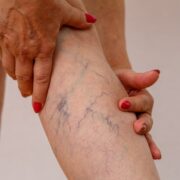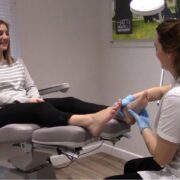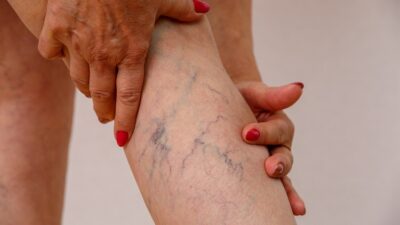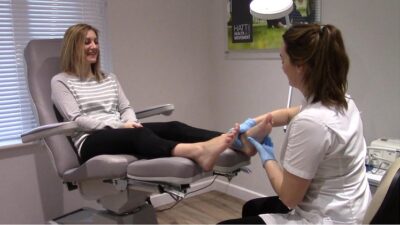If you have varicose veins, you know how unsightly they can be. Sometimes they sting and itch. They make your legs feel heavy and sometimes cause them to ache, cramp, and swell. The good news is that there are several ways to get rid of them that are effective, safe, and minimally invasive. Most are outpatient procedures, which means you can go home soon after the treatment is over. Here are a few!
Table of Contents
Sclerotherapy
Sclerotherapy uses scarring agents to destroy varicose veins. One type treats veins that are small or medium sized. Your doctor simply injects the agent into these veins, the agent scars them, and they die. Your body then reabsorbs them, and other veins take over their job of sending blood to your heart.
Foam is also used in sclerotherapy. This varicose vein foam treatment is used on larger veins. Instead of a solution, the doctor injects foam into the problem vein. Again, it is scarred and destroyed.
During the treatment, you’ll lie on the treatment table with your legs raised slightly. The session generally takes less than an hour, and you may feel some mild cramps or stinging in your leg. Other than that, you probably won’t even need anesthesia. After the foam or solution is injected, the doctor massages your leg to help it spread and to prevent blood from flowing into the varicose vein. The doctor will have you get up and walk around to make sure the solution keeps spreading and to stop blood clots from forming in your leg. You may be fitted with a compression bandage that you’ll wear for about a week or somewhat longer.
Ambulatory Phlebectomy
This just means that your doctor ties off a small vein in your leg and pulls it out. This is the phlebectomy part. You’ll only need topical anesthesia, and the incisions are so tiny that they will probably not even leave scars. Ambulatory means that you can walk out of the doctor’s office after the treatment.
Cauterizing
This is used on larger varicose veins. The doctor inserts a catheter into the problem vein and uses a laser or radio waves to heat its tip. The heat destroys the vein.
Lasers
Dermatologists use lasers on veins that are too tiny to be treated with sclerotherapy. These are called spider veins, and they can not only be found on your legs and ankles but on your nose and other areas of your face. You shouldn’t be too nervous about treating spider veins on your face. Contemporary lasers are very precise and can destroy spider veins without affecting the healthy skin around them.
Laser sessions usually last less than an hour, and the doctor will give you a local anesthesia to keep you comfortable.
The procedure is done with a hand-held tool. Though it destroys the vein through heat, it has a cool tip to keep you comfortable. The heat forms a blood clot in the spider vein and causes it to collapse. After about a week or two, it will be gone as the body absorbs it. You may need to wear compression socks if the work was done on your leg or ankle.
















Comments